Baseball cards have always been a way to capture the story of the game. Players dominate most collections, managers make regular appearances, and even mascots occasionally find their way into packs. But one group that rarely receives the spotlight is the umpire. These are the men (and in more recent years, women) whose job is to enforce the rules, keep order on the field, and shape the pace of every game. Although fans often know their names only when controversy strikes, umpires have been a part of baseball cards for more than a century.
Umpire cards sit at an unusual crossroads in collecting. They are rare compared to player cards, often tucked away in specialty sets, but they offer a unique glimpse into the game’s culture. For some collectors, they represent an offbeat challenge. For others, they are a way to honor the officials whose role is critical, even if unpopular. While they have not been consistently issued, the history of umpire baseball cards is long, interesting, and surprisingly diverse.
This article explores the history of umpire appearances on cards, highlights famous figures who made it onto cardboard, looks at cameos and background sightings, and considers why collectors value these pieces. It also asks an important question: could we see umpires on baseball cards again in the future?
History of Umpires on Baseball Cards
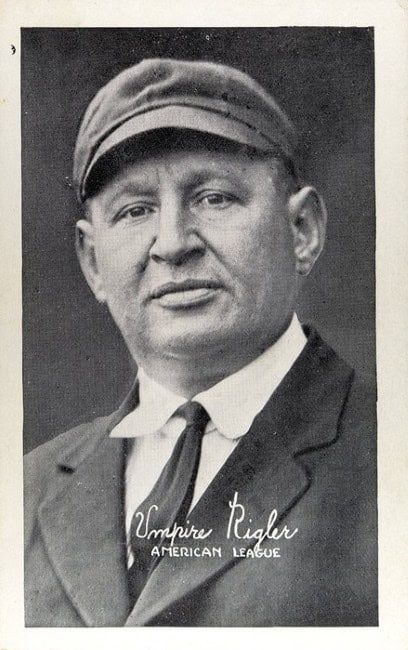
The earliest decades of baseball cards were almost exclusively devoted to players. Tobacco cards of the late 1800s and early 1900s focused on stars and common players alike and occasionally gave space to umpires too. Many of the earliest picture cards showed scenes, rather than individuals, as fans were still learning about the game and how it worked. This led to illustrated cards like the N86 Duke’s card “A Bad Decision by the Umpire,” which shows the umpire being chased from the field.
Representation began to shift in the 1930s and 1940s, when baseball rules and roles became more defined. One of the first dedicated umpire cards came in the 1955 Bowman set, which included a subset of umpires alongside players. That series presented 31 different umpires, including well-known names like Bill McKinley, Cal Hubbard, and Al Barlick. For many collectors, these are the most iconic umpire cards, as they were issued in a mainstream set and printed in large quantities.
In later years, umpire cards popped up sporadically. Fleer and Topps occasionally featured them in special issues, and regional oddball sets sometimes gave space to umpires as a novelty. Minor league card sets also sometimes featured umpires, particularly in the 1980s and 1990s when team-issued sets became common. These cards are often extremely scarce, since they were not distributed nationally.
The Conlon Collection, which came out in the mid-1990s, celebrated vintage baseball and included umpires in the set. However, by the 2000s, it became rare to see any official appear in a licensed product, with notable exceptions from Upper Deck SP and Panini National Treasures. Today, collectors looking for umpire cards mostly turn to vintage sets, oddball releases, or cards where umpires appear in the background.
Famous Umpires and Their Appearances
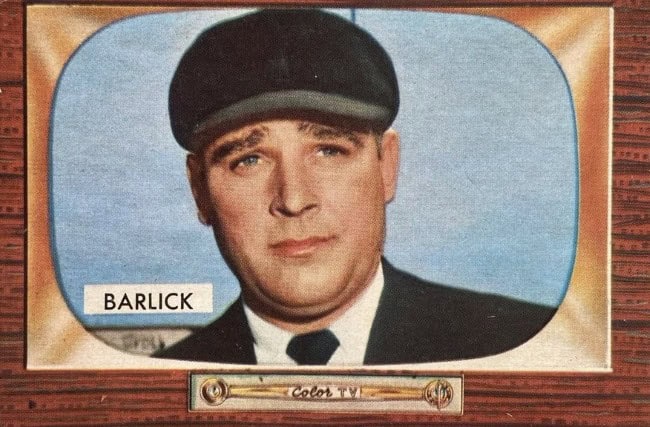
Some umpires became well known not only for their work behind the plate but also for their presence on baseball cards. The 1955 Bowman umpire subset remains the gold standard, but several individuals stand out across different eras.
- Jocko Conlan: A Hall of Fame umpire who began as a player, Conlan appeared in multiple cards, including the famous Bowman release. His reputation as one of the best of his era makes his cards especially appealing.
- Al Barlick: Another Hall of Famer, Barlick’s presence in the 1955 Bowman set gives collectors a direct link to one of the game’s most respected umpires.
- Cal Hubbard: The only person inducted into both the Baseball and Pro Football Hall of Fame, Hubbard’s umpire card is historically significant.
- Doug Harvey: Known as “God” by players for his consistency and fairness, Harvey appeared on some regional issues and has cards produced after his Hall of Fame induction.
- Bill Klem: Although he never appeared on a mainstream card during his lifetime, Klem, considered the “father of modern umpiring,” has been honored in retrospective sets.
These cards often have a dual appeal: they are both part of baseball’s officiating history and connected to the broader Hall of Fame narrative. For collectors who want to go beyond player rosters, umpire cards provide an additional way to engage with the history of the game.
Cameos and Background Appearances

Even when umpires were not given their own cards, they still found their way onto cardboard. Action shots of pitchers, catchers, or home plate moments often included the umpire in the background. These cameo appearances are not always cataloged, but dedicated collectors enjoy identifying which umpire was in the shot.
These background sightings are not official umpire cards, but they add another layer of interest to the collecting hobby. Some enthusiasts build collections specifically around these appearances, creating a quirky subset that bridges players and officials.
Umpires in Oddball and International Sets

Beyond mainstream MLB issues, umpire cards have appeared in smaller releases. Regional sets from the 1970s and 1980s sometimes included umpires as part of local team promotions. Minor league sets also occasionally featured them, usually when teams wanted to round out rosters or add novelty.
Internationally, umpire cards have been even more experimental. Japanese baseball card sets occasionally included officials, reflecting a different cultural approach to honoring all participants in the game. These cards are rare in the United States but highlight how umpire recognition varies across baseball cultures.
For collectors, oddball and international issues are a way to expand beyond the familiar. They also demonstrate that umpire cards, while scarce, are not unprecedented outside MLB-focused sets.
Collector Appeal
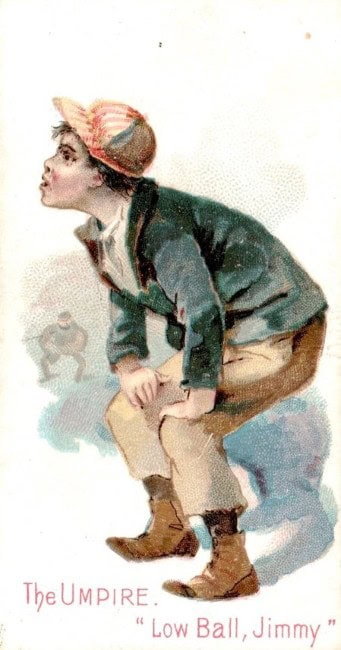
At first glance, umpire cards might seem like an odd choice for collectors. After all, most fans do not go to the ballpark to see the officials. Yet the niche has its own devoted following. Several factors explain the appeal:
- Scarcity – Because so few umpire cards exist, they can be challenging to collect. Scarcity drives interest among collectors who enjoy completing unusual sets.
- Historical Value – Umpires like Barlick, Conlan, and Hubbard played critical roles in baseball history. Their cards offer a way to honor figures who shaped the sport without swinging a bat or throwing a pitch.
- Oddball Appeal – Collectors often enjoy chasing quirky items outside the mainstream. Umpire cards fit perfectly in this category.
- Set Completion – For sets like the 1955 Bowman release, collectors must obtain the umpire cards to finish the checklist. This gives them an automatic place in the hobby.
The appeal is less about star power and more about completing a picture of the game. Baseball is not only about players but also about the people who ensure the rules are followed. For that reason, umpire cards, while niche, remain a consistent presence in serious collections.
Possible Future Cards for Umpires
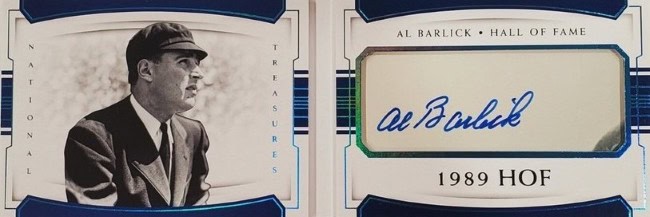
In recent decades, umpires have all but disappeared from mainstream card sets, with the exception of recent Allen & Ginter cards. For the most part, Topps and other companies prioritize rookies, veterans, and insert themes that attract broader demand. Yet the absence of umpires raises an interesting question: could they return?
Several factors work against it. Modern collectors are often driven by rookies, autographs, and memorabilia cards. Umpires lack the kind of celebrity that drives mass interest. Including them could also generate controversy, as umpires are often remembered for blown calls or disputed rulings. A card of an umpire involved in a famous missed call might not be warmly received, nor would it likely be supported by MLB.
On the other hand, there are arguments in favor of their return. Including umpires could broaden the historical and cultural storytelling that baseball cards provide. Just as managers and broadcasters have been honored, officials also deserve recognition. Special inserts or heritage sets could include famous umpires without taking space from players in the base checklist.
While controversy is possible, particularly if a living umpire with a polarizing reputation were included, there is space in the hobby for creative approaches. Umpire cards could be reintroduced in a way that celebrates the history of officiating without alienating fans.
Umpire Licensing
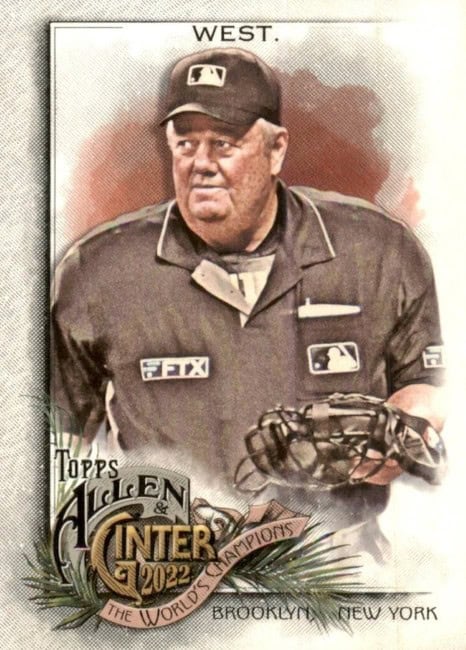
Another reason umpire cards faded from mainstream sets is licensing. In the early years of the hobby, card makers did not face the same licensing structures that exist today. Bowman’s 1955 umpire subset, for example, did not need to secure an agreement from Major League Baseball or the umpires’ union. The cards were simply produced, with the assumption that the subjects would welcome the recognition.
By the 1980s and 1990s, licensing changed. MLB and the players association controlled the rights to images used in trading cards. Umpires were not part of the MLBPA, which meant card companies had no automatic access to their likenesses. To include them, a company would need to negotiate directly with the umpires’ union or with individuals themselves. That extra step, combined with limited commercial appeal, meant umpires were usually left out.
The current structure reinforces this divide. Topps, as the official license holder for MLB cards, focuses on players and managers covered under its agreements. Umpires remain outside that system, and creating cards for them would require separate arrangements. This is why Panini has more modern umpire releases, in sets like National Treasure, than Topps. In addition, regional producers and independent leagues have more flexibility, which is why umpire cards can still surface in those contexts.
Licensing, then, is not the only reason umpires disappeared from major sets, but it is a practical barrier. Until a company decides the novelty is worth the effort, mainstream umpire cards will likely remain in the past.
Conclusion
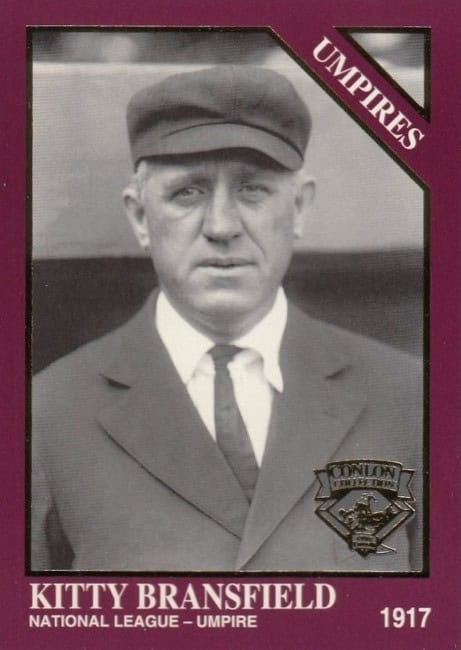
Umpire baseball cards occupy a small but fascinating niche in the hobby. From tobacco cards to the iconic 1955 Bowman subset, the Conlon Collection and scattered oddball and minor league appearances, they reflect an often-overlooked part of the game. While umpires rarely receive the spotlight, their presence on cardboard adds depth to the story of baseball cards as cultural artifacts.
For collectors, umpire cards offer scarcity, history, and oddball charm. They are not about star power but about completing a broader picture of baseball. Although modern checklists have mostly excluded them, the potential exists for a revival, whether through Hall of Fame subsets, online exclusives, or novelty inserts.
The history of umpire cards reminds us that baseball is not only about the players. The officials who uphold the rules also shape the game. Collecting their cards is one way to honor that contribution while exploring one of the most unusual corners of the hobby.

